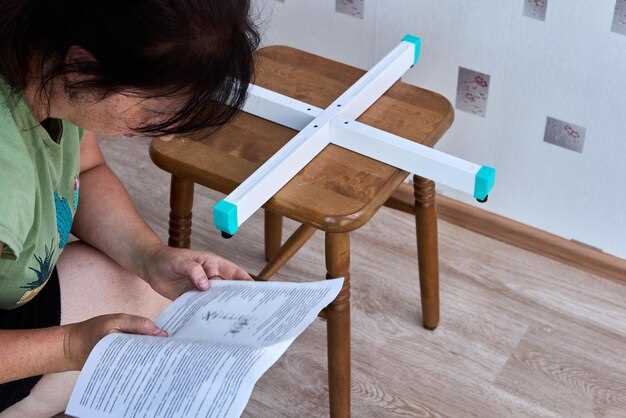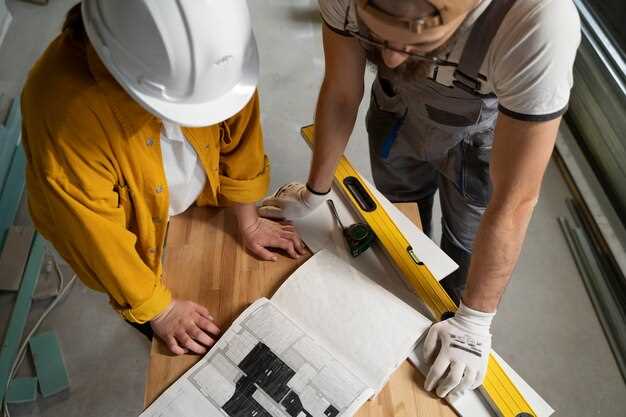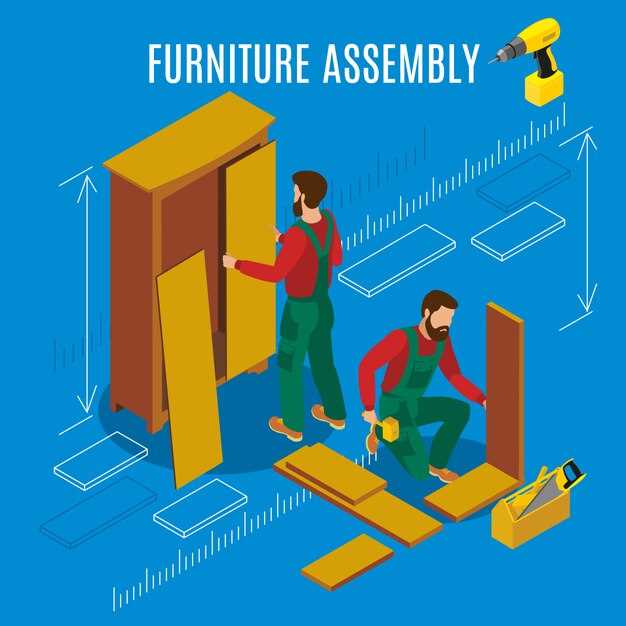
In the world of off-roading and truck customization, the leveling kit has emerged as a popular modification among vehicle enthusiasts. This upgrade aims to improve the stance of a vehicle by raising the front suspension to match the height of the rear, creating a more balanced and aggressive appearance. However, the decision to install a leveling kit goes beyond aesthetics, as various practical benefits and potential drawbacks come into play.
One of the primary advantages of installing a leveling kit is the enhancement of ground clearance. By raising the front end, drivers can navigate rough terrains with greater ease and comfort. Additionally, this modification often allows for the installation of larger tires, which can further improve off-road capabilities. Furthermore, a leveling kit may contribute to better handling and stability, especially when towing or hauling heavy loads.
Despite the benefits, it’s essential to consider the drawbacks of a leveling kit as well. Altering the vehicle’s suspension can lead to changes in ride quality, potentially resulting in a stiffer and less comfortable experience on paved roads. Moreover, improper installation or poor-quality kits can lead to alignment issues, affecting overall performance. As such, potential buyers must weigh the pros and cons carefully to determine if a leveling kit is the right choice for their needs.
Installing a Leveling Kit: Benefits and Drawbacks

Installing a leveling kit on your vehicle can significantly enhance its performance and appearance. However, it is essential to weigh the advantages and disadvantages before making a decision.
Benefits of Installing a Leveling Kit
- Improved Aesthetics: A leveling kit raises the front of the vehicle, aligning it with the rear. This alteration enhances the overall look, providing a more aggressive stance.
- Better Ride Handling: Leveling kits can improve the vehicle’s handling by distributing weight more evenly, which can enhance cornering and stability.
- Increased Ground Clearance: By lifting the front, a leveling kit allows for greater ground clearance, reducing the risk of undercarriage damage when navigating rough terrain.
- Tire Fitment: A leveling kit enables the installation of larger tires, providing better traction and enhancing off-road capabilities.
- Cost-Effective Modification: Compared to full suspension lifts, leveling kits are often more affordable while still providing noticeable improvements.
Drawbacks of Installing a Leveling Kit
- Altered Ride Quality: Some users report a stiffer ride after installation, which can be uncomfortable for daily driving.
- Potential for Alignment Issues: Changing the vehicle’s height can lead to alignment problems, requiring additional adjustments to maintain proper handling.
- Limited Off-Road Performance: While a leveling kit is suitable for light off-road use, it may not provide the same capabilities as a comprehensive lift kit.
- Warranty Concerns: Modifying the suspension can void the vehicle’s warranty, depending on the manufacturer’s policies.
- Installation Challenges: Although many kits come with instructions, improper installation can lead to safety issues and require professional help.
In summary, a leveling kit can enhance your vehicle’s appearance and performance, but weighing the potential drawbacks is crucial. Consider your driving needs and how you use your vehicle to determine if a leveling kit is a suitable modification for you.
Understanding the Purpose of a Leveling Kit
A leveling kit serves to enhance the stance of a vehicle by adjusting its suspension, specifically to even out height differences between the front and rear. Typically, many trucks and SUVs come factory-equipped with a noticeable “rake,” where the front sits lower than the rear. This is often designed to accommodate towing and load-carrying capabilities, but it can result in an unbalanced appearance.
Installing a leveling kit addresses this issue by providing additional clearance at the front. This increase can improve the vehicle’s aesthetic appeal, making it look more aggressive and better aligned. Additionally, by leveling out the vehicle, drivers can install larger tires without the risk of rubbing against the fenders or suspension components. This is a common modification for those looking to enhance off-road capabilities.
Moreover, a leveling kit can positively impact the driving dynamics of a vehicle. By achieving a more balanced stance, it can contribute to improved handling and stability, particularly during off-road excursions or while navigating uneven terrain. However, it is essential to consider that while these kits offer benefits, they can also influence ride quality and may require realignment after installation.
Ultimately, the purpose of a leveling kit is to provide functional enhancements while also addressing aesthetic concerns. Ensuring that the front of the vehicle is aligned with the rear leads to a more uniform look and increases versatility in tire choices.
Evaluating the Clearance Improvements

Installing a leveling kit can significantly enhance the clearance of your vehicle, resulting in various benefits. Understanding the implications of these improvements is crucial for making an informed decision.
Here are some key points to consider regarding clearance improvements:
- Increased Approach and Departure Angles: Leveling kits raise the front and rear of the vehicle, improving approach and departure angles. This enhancement allows for better navigation over obstacles and reduces the risk of scraping the undercarriage.
- Enhanced Tire Clearance: Increased clearance enables the installation of larger tires. Bigger tires improve traction and stability, especially in off-road scenarios.
- Improved Suspension Performance: A leveled vehicle can lead to better handling dynamics. Proper clearance allows for the suspension to operate within its optimal range, enhancing overall performance.
- Visual Appeal: Leveling kits often improve the aesthetic of a vehicle. A more aggressive stance can enhance the overall look and presence on the road.
However, while clearance improvements have numerous advantages, it’s important to consider potential drawbacks:
- Altered Ride Characteristics: Changes in clearance may lead to different ride quality. Some drivers may notice a stiffer suspension or altered handling dynamics.
- Increased Wear on Suspension Components: A leveling kit can place additional strain on suspension parts. Regular inspection of components is recommended to prevent premature failure.
- Potential for Alignment Issues: Changes in vehicle height can affect wheel alignment. Frequent checks and adjustments are necessary to maintain optimal performance.
In conclusion, evaluating the clearance improvements offered by a leveling kit involves weighing the benefits against possible drawbacks. Understanding these factors will help you make the best decision for your vehicle’s needs.
Assessing Ride Quality After Installation
After installing a leveling kit, assessing ride quality is crucial to ensure that the adjustments made to the vehicle’s suspension meet your expectations. A leveling kit typically raises the front end of a truck or SUV to achieve a balanced stance and improved clearance, but it can also alter how the vehicle drives over various terrains.
One major aspect to consider is the change in suspension geometry. While leveling kits provide added height, they can impact the ride by adjusting the angle of components such as control arms and axles. This change may lead to a stiffer ride, affecting handling and comfort. It’s important to evaluate how the vehicle feels on the road and off-road, especially when traversing bumps and potholes.
Another factor is weight distribution. With a leveling kit, the center of gravity may shift, which can influence how the vehicle corners and interacts with road surfaces. A noticeable imbalance can lead to undesirable handling characteristics, so taking the time to test the vehicle in various driving conditions is essential.
To accurately assess ride quality, drivers should pay attention to factors such as cabin noise, vibrations, and overall feel. After installation, a test drive can reveal whether the benefits of increased clearance outweigh any drawbacks experienced in comfort and stability. Adjustments may be necessary to optimize performance, as modifications to shock absorbers or alignment settings could enhance ride quality.
In summary, assessing ride quality after installing a leveling kit involves understanding how changes in height and suspension affect driving dynamics. By carefully evaluating how the vehicle performs under different conditions, owners can make informed decisions about further modifications to achieve their desired balance of style and functionality.
Impact on Vehicle Stability and Handling
Installing a leveling kit can significantly influence the stability and handling characteristics of a vehicle. These kits, designed to raise the front of the vehicle to match the height of the rear, impact the center of gravity and weight distribution, thereby affecting performance during various driving conditions.
One key benefit of leveling kits is improved visibility. By raising the front of the vehicle, drivers may experience enhanced sightlines, allowing for better judgment of road conditions and obstacles. However, this elevation can also lead to altered handling dynamics. Elevating the center of gravity can result in increased body roll during cornering, which might compromise overall stability.
Additionally, the type of leveling kit installed can play a crucial role in how the vehicle handles. Kits that utilize spacers may provide a quick and inexpensive way to achieve height adjustment, but they may not address changes in suspension geometry. Conversely, more comprehensive kits that include upgraded shocks and struts can maintain or improve handling characteristics, ensuring that ride quality isn’t severely impacted.
| Effects | Benefits | Drawbacks |
|---|---|---|
| Center of Gravity | Improved visibility | Increased body roll |
| Suspension Geometry | Potential enhanced off-road capability | Possible misalignment issues |
| Ride Quality | Customization options | Stiffer ride with basic kits |
Ultimately, while leveling kits can enhance the aesthetic appeal and off-road capability of a vehicle, owners should carefully consider the trade-offs concerning stability and handling. Proper installation and choosing the right components are critical to ensuring that the vehicle remains balanced and controlled during regular use.
Cost Considerations and Installation Options
When considering a leveling kit, it’s essential to evaluate the financial implications and installation methods available. The cost of leveling kits can vary significantly based on brand, materials, and vehicle compatibility. On average, prices can range from $100 to $1,000. Basic spacer kits tend to be on the lower end of this spectrum, while more complex suspension systems may reach the higher price range.
Additionally, it’s important to factor in potential installation fees if opting for professional help. Labor costs typically range from $100 to $300, depending on the shop’s hourly rate and the complexity of the installation. Some vehicle owners may choose to undertake this project themselves to save on these costs, especially with simpler leveling kits. However, DIY installations require a certain level of mechanical skill and tools.
In exploring installation options, vehicle owners have several choices. Professional installation offers the assurance of expertise, ensuring that the leveling kit is correctly fitted and aligned. Alternatively, the DIY approach can be more rewarding and cost-effective, provided that the installer has the necessary tools and understanding of suspension systems.
Another consideration is the potential need for alignment after the installation. Leveling kits can alter the vehicle’s suspension geometry, which may affect tire wear and driving performance. Therefore, it’s advisable to budget for a wheel alignment, typically costing around $75 to $100.
In summary, while installing a leveling kit enhances vehicle clearance and aesthetics, it’s crucial to weigh the overall costs against your budget and consider both professional and DIY installation options to make an informed decision.
Legal and Warranty Implications to Consider
When installing a leveling kit on your vehicle, it’s crucial to be aware of the legal implications that may arise. In some regions, modifying your vehicle’s suspension can affect its compliance with local vehicle regulations. Before proceeding, check your local laws and regulations regarding vehicle modifications to ensure that your leveling kit installation is permissible. This can include regulations related to vehicle height, alignment, and safety inspections.
Additionally, the impact on your warranty should be carefully considered. Many manufacturers offer warranties that could be voided if modifications are made to the vehicle’s suspension system. It’s essential to review your warranty policy in detail to understand how the installation of a leveling kit might affect your coverage. Some manufacturers explicitly state that any alterations to the suspension may lead to a denial of warranty claims related to suspension or driveline issues.
Another aspect to consider is the potential for increased insurance premiums or coverage changes after installing a leveling kit. Modifications can sometimes classify a vehicle as higher risk, which may result in higher rates or specific exclusions in your insurance policy. It’s advisable to inform your insurance provider about any modifications to ensure you maintain coverage in case of an accident or damage.
In summary, while a leveling kit can enhance your vehicle’s appearance and performance, understanding the legal and warranty implications is essential to avoid future issues. Always conduct thorough research and consult with professionals if needed, to ensure your modifications are compliant and to safeguard your investments.
